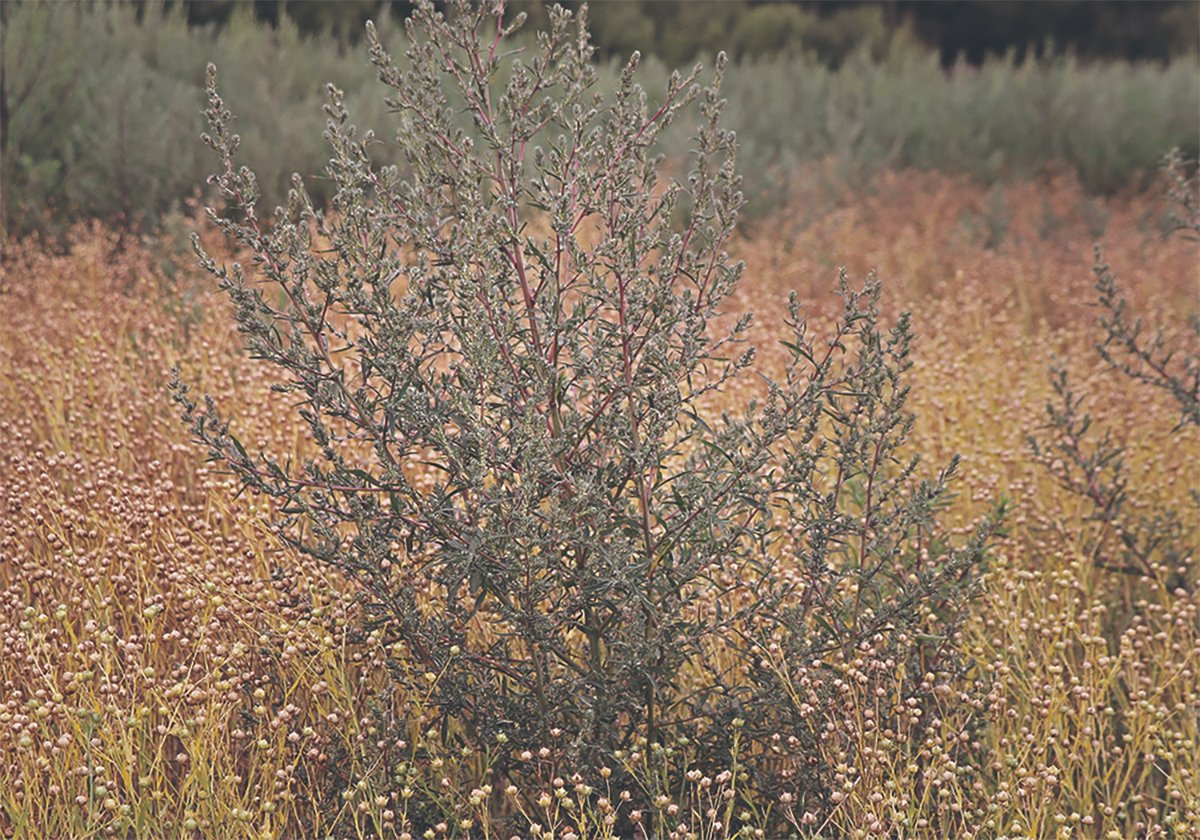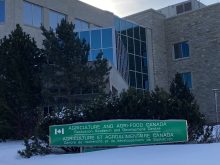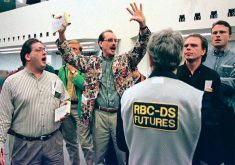Fall calving programs may be an economical way for producers to maintain productive cows in their herds longer.
It has never made sense to keep open cows for an entire year and rebreed regardless of their selling price. Jumping them into a fall calving program delays calving by only six months and provides other advantages.
Many producers have tried fall calving and the current low slaughter prices for Canadian cull cows should prompt every producer to look at it as a viable management option.
The first step is to pregnancy check your cows so you know which are badly infected or have scarred uteri and will never rebreed. Cull those, re-expose the rest to a bull and expect that 75 percent will rebreed. This average is a bit lower than your normal herd because these are your problem breeders.
Read Also

Kochia has become a significant problem for Prairie farmers
As you travel through southern Saskatchewan and Alberta, particularly in areas challenged by dry growing conditions, the magnitude of the kochia problem is easy to see.
An economic evaluation done by Alberta Agriculture found that fall breeding earned a $25 profit compared to a $350 loss from feeding an open cow for the entire year.
August and September is the best time to fall calve in Western Canada. July is too hot and heat stress is a possibility. Late October in some years can get cold and blizzards cannot be ruled out. By calving no later than the end of September, calves are large enough to do well over winter.
This would put your breeding period at between Oct. 24 and Dec. 24, which allows for a 60-day breeding season or almost three complete cycles. Some may opt for a 45 day breeding season, but the key is to act now.
A fall breeding program requires no additional bulls, extra equipment or facilities. Your herd bulls will stay in better shape by having two breeding seasons in the same year. There will be no cutting back on bull power since lots are available.
In most cases, the calves from the previous spring will already be weaned, so nutritionally cows will be in optimal condition to breed. Flushing with some grain may be necessary.
In my experience, if artificial insemination is attempted, it may be more difficult to detect cows in heat if the weather turns cold. Good facilities are necessary to avoid shocking the semen. Natural breeding may be the most desirable route at this time of year. The bulls will detect the cycling cows.
The offspring from fall calvings will be available to market at a different time of year, which helps cash flow. Calf prices are historically higher in the spring.
Purebred producers take note because these off-age bull calves can make excellent herd sires. They are marketed at 11/2 years old, but will almost have the capacity of a two year old. If retained, heifers should be bred for the fall program. If retained to be bred in the spring, make sure they don’t get too fat because conception rates could be affected. Most likely all commercial heifer calves born in the fall will be sold.
Health programs are generally moved back six months. Vaccinate at appropriate times for IBR and BVD. Endectocides would still be applied in the fall so the whole herd is done at once. Veterinarian visits can also become more efficient. For our clients, we often will semen check bulls in the spring for the main herd and on the same visit pregnancy check the fall calving herd.
Any open cows in the fall herd should be culled because this is their second time open.
Fall calving on grass cuts down on scours by using a large calving area, but it is still wise to keep up the scour vaccination.
People have said for years that cows calve easier on grass because nutrition is sound with green grass and cows do not get too fat. The exercise keeps muscles toned so calving problems are reduced and calves come out lively. But minerals and salt must be available.
By calving in the fall, open cows may be retained several years longer. Replacements are the third largest cost to the beef herd after feed and pasture.
The average culling rate in western beef herds has been 11-15 percent. We need to reduce this, especially in light of what open cull cows are now worth. Fall calving offers producers an out.
By selling more calves and pushing the vast majority of open cows into a fall program, we can greatly reduce culls. The situation dictates that we get more years out of our cows.
By keeping fewer replacements cow, herds can be maintained at the current size. The poor cull cow price, when amortized over a much older average cow, is not such a big hit.
Roy Lewis is a veterinarian practising in Westlock, Alta.














